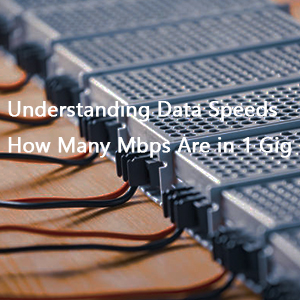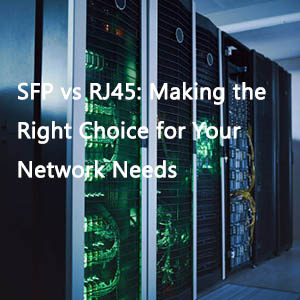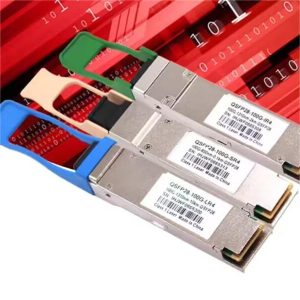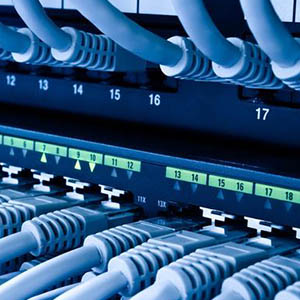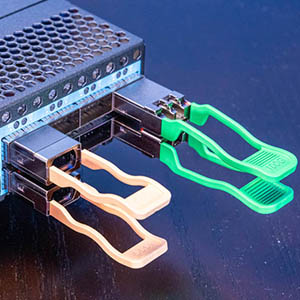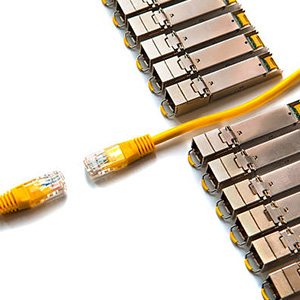Networking infrastructures rely on various types of switches, each serving a unique purpose. While both core and normal switches play crucial roles in maintaining efficient data flow, their functionality and applications vary significantly. This guide unpacks the core differences, helping you understand which type suits your networking needs.
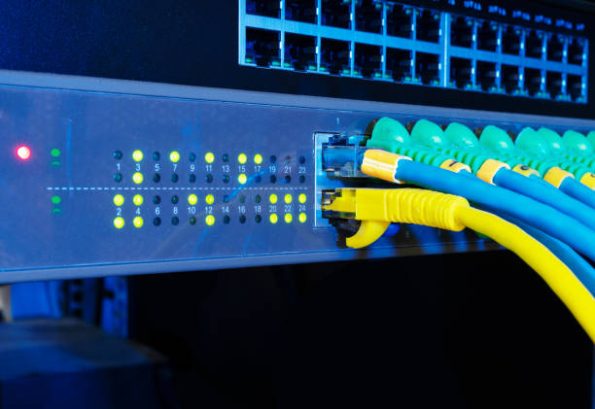
What Are Core and Normal Switches?
Core Switch
A core switch is the backbone of a network, managing high-speed data traffic between multiple segments. It’s designed to handle significant amounts of traffic with advanced features like redundancy and scalability.
- Primary Role: Acts as the central hub connecting distribution switches and routers.
- Performance: High capacity for intensive data transmission.
- Key Features: Advanced protocols, redundancy, scalability.
Normal Switch
Normal switches, often called edge switches, connect end devices like computers, printers, and access points to the network.
- Primary Role: Provides device-level connectivity.
- Performance: Moderate capacity, suitable for smaller traffic loads.
- Key Features: Basic switching capabilities, cost-effective.
Core Switch vs. Normal Switch: A Detailed Comparison
| Feature | Core Switch | Normal Switch |
|---|---|---|
| Position in Network | Backbone of the network | At the edge of the network |
| Traffic Handling | High-speed, large-volume traffic | Low to moderate traffic |
| Redundancy | Advanced redundancy and failover mechanisms | Minimal redundancy |
| Cost | High, due to advanced features | Cost-effective for smaller setups |
| Scalability | Highly scalable for future growth | Limited scalability |
| Key Use Cases | Data centers, enterprise backbones, large LANs | Small offices, local device connectivity |
Applications of Core and Normal Switches
Core Switch Applications
- Enterprise Networks: Supports seamless communication between departments and data centers.
- Data Centers: Ensures high-speed connections for virtualization and cloud computing.
- Campus Networks: Acts as the central hub for large campus-wide networks.
Normal Switch Applications
- Small Office Networks: Provides connectivity for end devices.
- Local Area Networks (LANs): Facilitates communication within a single building.
- Home Networks: Powers basic setups for devices like PCs and printers.
How to Choose Between Core and Normal Switches
- Evaluate Network Size
- Use core switches for large-scale enterprise or data center setups.
- Opt for normal switches in smaller networks.
- Consider Traffic Load
- Core switches are ideal for managing high-speed, high-volume traffic.
- Normal switches work best for low to moderate traffic.
- Budget Constraints
- While core switches are a long-term investment, they’re costlier.
- Normal switches are more budget-friendly and sufficient for basic needs.
- Future Growth
- Core switches offer scalability, making them suitable for expanding networks.
- Normal switches may require replacements as network demands grow.
Advantages of Core and Normal Switches
Core Switches
- High Performance: Handles extensive data traffic with ease.
- Redundancy: Built-in mechanisms for uninterrupted connectivity.
- Scalability: Supports future network expansions.
Normal Switches
- Cost-Effective: Affordable for small-scale deployments.
- Ease of Use: Simple setup and management.
- Compact Design: Ideal for space-constrained environments.
Cost Analysis: Core vs. Normal Switches
| Switch Type | Price Range | Best For |
| Core Switch | $10,000 – $50,000 | Enterprise networks, large-scale data centers |
| Normal Switch | $100 – $2,000 | Home networks, small to medium-sized businesses |
Enhance Your Network with Fiber-Life’s Switch Solutions
At Fiber-Life, we provide a diverse range of networking switches tailored to different needs. Whether you’re setting up a small office or managing a large enterprise network, we have the right solutions for you.
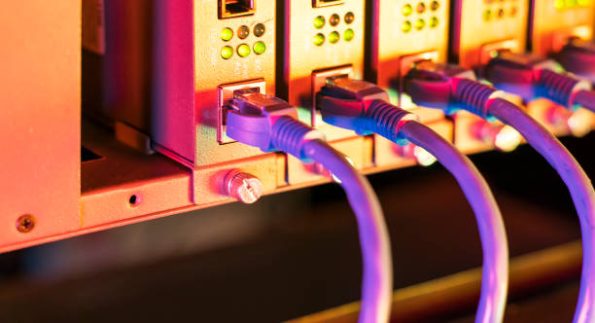
Why Choose Fiber-Life?
- Top-Notch Quality: Our switches undergo rigorous testing to ensure reliability.
- Expert Guidance: Receive personalized recommendations for your network requirements.
- Comprehensive Offerings: From core switches to edge switches, we have everything you need.
Upgrade your network today with Fiber-Life’s high-performance switches. Visit our website to explore our range of core and normal switches designed to elevate your networking experience!


